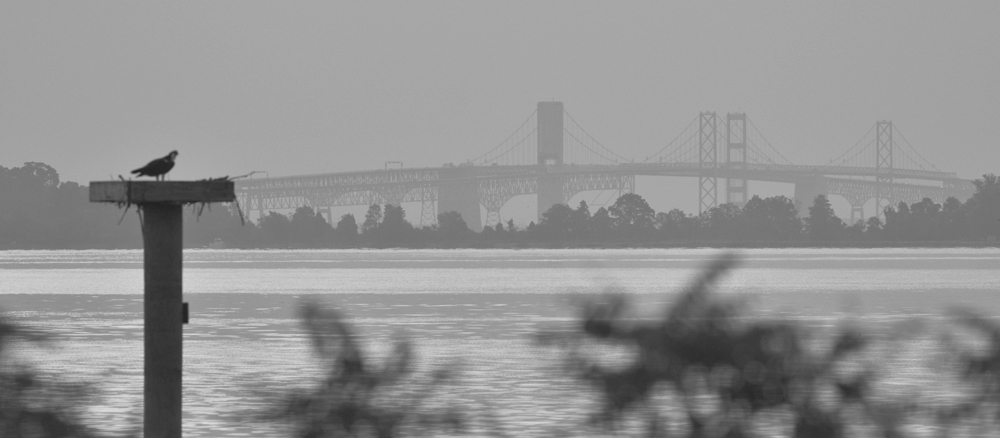This was the kind of days birders live for. Not only did I get a life bird, but the light was perfect and the temps were just right. I often spend considerable with Photoshop to get an image just right, but many of these are virtually untouched. I probably won’t have time to get them all up tonight.

I’m nearly 70 years old, but I was as excited as a child to see this beautiful migrant.
Cornell:”A bird of the coniferous forests of the Northeast, the Blackburnian Warbler is breathtaking in its brilliant orange-and-black breeding plumage.”

Wikipedia:”Hemaris thysbe, or the Hummingbird Clearwing, is a moth of the Sphingidae family. It lives in Alaska and the Northwest Territories south through British Columbia to Oregon; east through the Great Plains and the Great Lakes area to Maine and Newfoundland; south to Florida and Texas.
Hemaris thysbe or Hummingbird Clearwing Moth
Adults are frequently mistaken for hummingbirds or bees because of their fast-moving wings and coloration. They have a two inch wingspan.
The caterpillars eat viburnum, hawthorn, honeysuckle, and a few types of fruit trees.”

Cornell:”The all-blue male Indigo Bunting sings with cheerful gusto and looks like a scrap of sky with wings. Sometimes nicknamed “blue canaries,” these brilliantly colored yet common and widespread birds whistle their bouncy songs through the late spring and summer all over eastern North America. Look for Indigo Buntings in weedy fields and shrubby areas near trees, singing from dawn to dusk atop the tallest perch in sight or foraging for seeds and insects in low vegetation.”

































